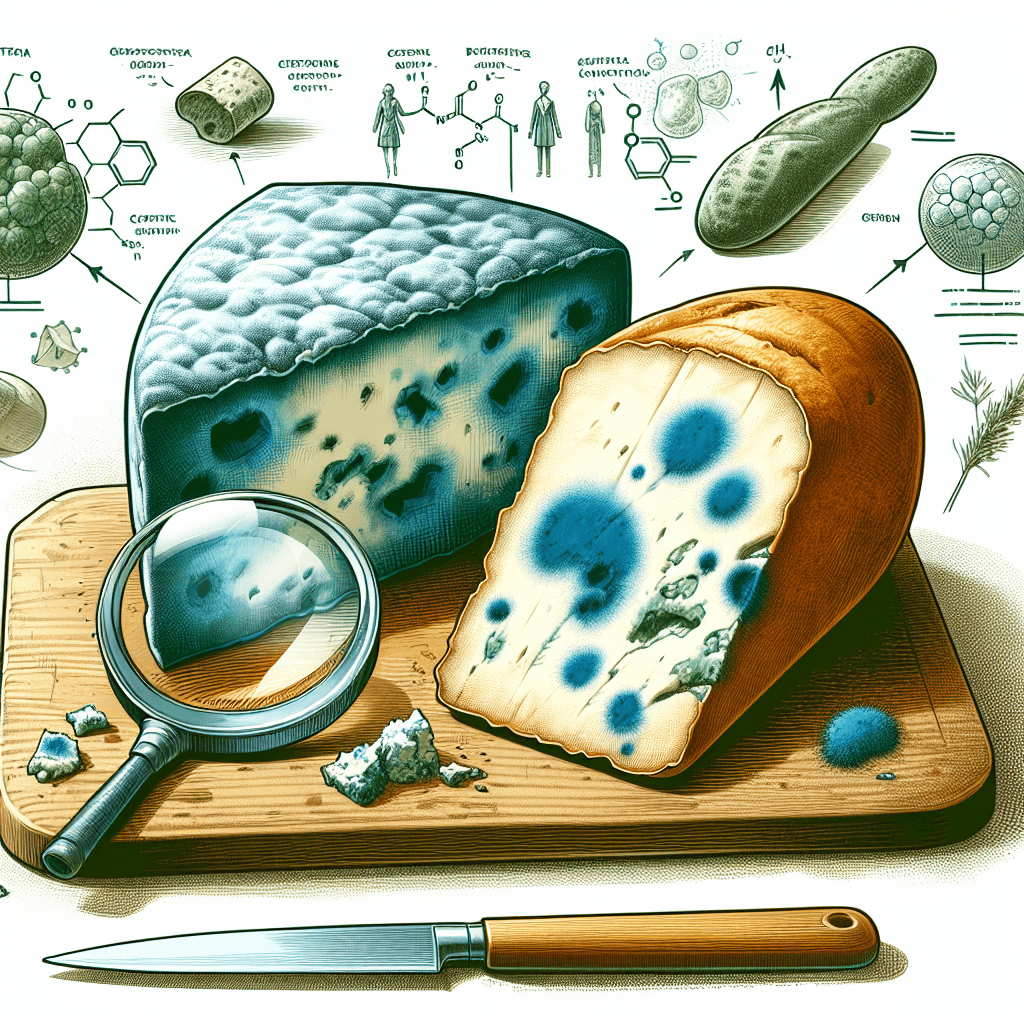How can a tree turn completely into solid stone
It’s a million-year heist where minerals don't just preserve a tree, they replace it cell by cell, building a perfect replica out of solid stone.


Too Long; Didn't Read
TLDR: A tree gets buried quickly without oxygen, preventing rot. Mineral-rich water then seeps in and, over millions of years, replaces the wood's organic material with stone, creating a fossilized replica.
From Forest to Fossil: How Can a Tree Turn Completely into Solid Stone?
Have you ever walked through a museum or a rock shop and marveled at a log that looks like it's made of rainbow-colored glass? It has the distinct rings and texture of wood, yet it's as hard and heavy as any rock. This isn't a work of abstract art or a geological magic trick; it's a genuine piece of ancient wood, transformed into stone by one of nature's most patient processes. This incredible transformation from organic tree to mineralized fossil is known as petrification. But how exactly does a living, breathing tree become a solid piece of quartz? This post will unravel the millions-of-years-long journey, detailing the precise conditions and scientific steps required to turn wood into stone.
It's Not Magic, It's Science: The Process of Permineralization
The remarkable process that creates petrified wood is technically called permineralization. For it to begin, a tree must undergo a very specific and immediate fate: it needs to be buried, and buried quickly. A tree that dies and is left exposed on the forest floor will simply rot away, decomposed by fungi, bacteria, and insects.
To become petrified, the tree must be rapidly covered by a material that seals it off from oxygen. This protective blanket is often:
- Volcanic ash: A massive eruption can instantly entomb an entire forest.
- Sediment: A flood can wash mud and silt over fallen logs.
- Muck from a swamp: Low-oxygen environments are perfect for preservation.
This rapid, oxygen-free burial is the crucial first step. It essentially presses the "pause" button on the natural process of decay, preserving the tree's structure long enough for the next stage to begin.
Soaking in a Mineral Soup
Once the tree is safely buried, the second ingredient comes into play: water. Over thousands and millions of years, groundwater rich in dissolved minerals slowly seeps through the surrounding sediment and volcanic ash, percolating through the buried log. This isn't just any water; it's a mineral-rich soup. The most common mineral responsible for petrification is silica, often dissolved from the volcanic ash that buried the tree in the first place.
This mineral-laden water flows into every nook and cranny of the wood. It saturates the plant's cellular structure, filling the microscopic voids within and between the cell walls. This sets the stage for the final, and most incredible, part of the transformation.
The Cell-by-Cell Replacement
Here lies the secret to petrified wood's astonishing detail. The original organic material of the tree (its cellulose and lignin) doesn't simply turn into stone. Instead, a meticulous replacement process occurs. As the groundwater flows through, it deposits its dissolved minerals into the wood’s cells. Simultaneously, the original wood molecules slowly dissolve and are washed away.
This happens on a microscopic, molecule-by-molecule level. A molecule of silica is deposited, and a molecule of wood fiber is carried away. Because this exchange is so gradual and precise, the original cellular structure of the wood is preserved perfectly. The minerals essentially create a perfect cast of the original organic material, right down to the tree rings, bark, and even insect boreholes. It’s a flawless, three-dimensional fossil.
The Finishing Touches: Time, Pressure, and Color
This entire process is incredibly slow, requiring millions of years to complete. Over this immense timescale, pressure from the layers of sediment above helps compact the material and encourage the crystallization of the minerals, turning the deposit into hard stone like quartz.
The stunning colors often seen in petrified wood are not from the original tree. They are the result of other trace minerals that were present in the groundwater alongside the silica. These impurities act as natural dyes, painting the fossil from the inside out.
- Carbon: Creates blacks
- Iron Oxides: Produce reds, browns, and yellows
- Manganese: Results in pinks and oranges
- Copper: Lends beautiful greens and blues
Eventually, geological forces like erosion may unearth these stone logs, revealing them on the surface for us to discover millions of years after they first fell.
A Window to the Ancient World
The journey from a living tree to a solid stone fossil is a testament to the slow, powerful forces of geology. It requires a perfect storm of conditions: a quick, oxygen-free burial, a long-term bath in mineral-rich water, and millions of years of time. The result is more than just a beautiful object; it’s a detailed time capsule. Each piece of petrified wood provides a tangible link to ancient forests, offering scientists clues about the climate and environment of a world long since vanished. So the next time you see one, you're not just looking at a rock—you're looking at a story written in stone.
More Articles

Why is it safe to eat the mold in blue cheese but not on bread?
One mold is a carefully cultivated delicacy, while its cousin on your bread is growing dangerous, invisible toxins—we'll break down the crucial difference.

Why does fresh pineapple prevent gelatin desserts from becoming solid?
It's not a kitchen mistake; it's a case of culinary sabotage at the molecular level. Discover the powerful, protein-devouring enzyme in fresh pineapple that's actively digesting your dessert before it can even set.

Why are some ships deliberately fitted with metal blocks that are designed to be destroyed?
It sounds like madness, but these humble metal blocks are designed with a single, vital mission: to sacrifice themselves to the sea, preventing the ship's massive hull from being eaten alive.